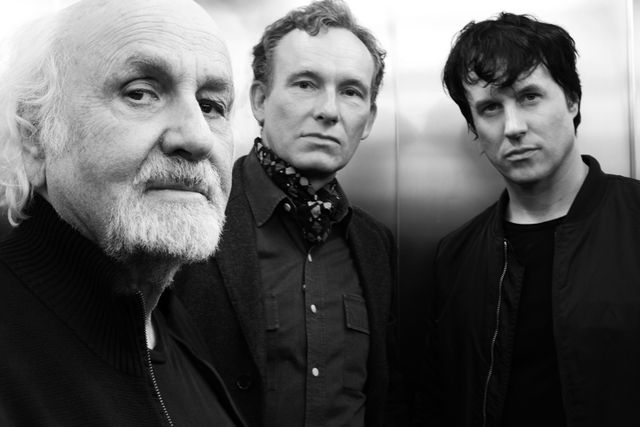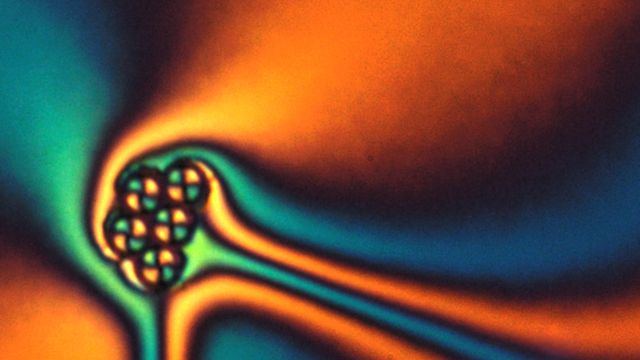Concerts
Technosphärenklänge #4: Concerts
With Morton Subotnick, Lillevan, Alec Empire, Caterina Barbieri, Valery Vermeulen

8 pm: Caterina Barbieri
9 pm: Valery Vermeulen: Mikromedas
10 pm: Morton Subotnick, Lillevan, Alec Empire: From Silver Apples to a Sky of Cloudless Sulfur, Revisited
The fourth edition of the Technosphärenklänge series by Haus der Kulturen der Welt and CTM Festival puts a focus on the 50-year anniversary of Morton Subotnick’s seminal release, Silver Apples of the Moon. Released by Nonesuch in 1967, this masterpiece, which was the first electronic composition ever that was especially conceived for a vinyl release, marks a time in which technical innovations, utopian urges, and a new kind of cybernetic thought led to rapid expansion of the potentials of human agency. Strangely new at the time of their release, the sounds and structures in Silver Apples of the Moon equally point to mankind’s take-off into the universe via the Apollo programme, the 1960 counter culture’s psychedelic exploration of inner worlds, and to an awakening awareness of the world’s increasingly networked complexity.
Morton Subotnick has advanced the evolution of electronic music in many ways – as a composer, musician, and initiator of the San Francisco Tape Music Center with Pauline Oliveros and Ramon Sender in 1961, as well as developing systems for live computer music. However, Silver apples of the Moon would not have been possible to create without the revolutionary modular synthesis techniques created by the recently deceased Donald Buchla. Together with Subotnick and Ramon Sender, Buchla, who studied astrophysics and worked for NASA, developed not only novel key and button-less control interfaces in the 1960s, but also the sequencer; a technical module that made the surprising musical structures of Silver Apples of the Moon possible, and that moreover forever changed the sound of avant-garde and pop music.
For Technosphärenklänge #4, Subotnick joins forces with Alec Empire and Lillevan to create a new interpretation of his seminal work as well as other older and more recent compositions. Technical and cognitive expansion are also a focal point of interdisciplinary artist, musician, and mathematician, Valery Vermeulen, who uses astronomical data and astrophysical simulation models to create his work, Mikromedas. Caterina Barbieri employs modular synths and sequencers that use polyphonic and polyrhythmic patterns to draw complex geometries in space and time, aiming to reveal the integrative, cognitive feedback between humans and technology.
